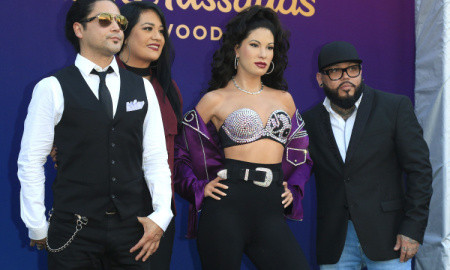Sign up for our free daily newsletter
YOUR PRIVACY - PLEASE READ CAREFULLY DATA PROTECTION STATEMENT
Below we explain how we will communicate with you. We set out how we use your data in our Privacy Policy.
Global City Media, and its associated brands will use the lawful basis of legitimate interests to use
the
contact details you have supplied to contact you regarding our publications, events, training,
reader
research, and other relevant information. We will always give you the option to opt out of our
marketing.
By clicking submit, you confirm that you understand and accept the Terms & Conditions and Privacy Policy
Much has been said about Elon Musk’s sudden announcement to move away from the well-known and established social media platform brand name Twitter and to rebrand it as X. While the motivations behind the rebrand can be debated, a large part of the IP community has, in their initial reactions, decried this move as a branding faux pas for two main reasons:
1) the Twitter name and its bird logo have developed a well-known status synonymous with the platform and the act of “tweeting” itself and in one swift move the company appears to have done away with years of accumulated consumer awareness and goodwill associated with its brand; and
2) the choice of X as the new brand name is liable to open a Pandora’s chest of potential legal difficulties with owners of earlier rights in the letter or similar symbols, and likely to lead to a number of challenges before adequate protection can be secured for the new brand.
While the change of Twitter to X is unlikely to mean that existing users of the platform will no longer recognise it or associate it with the old branding, the rights and reputation in the Twitter branding will not automatically transfer to the new brand name. In the IP sense, X will be a newcomer to a densely populated playground and will not immediately enjoy the rights and benefits enjoyed by the old branding. In other words, simply because Twitter had carved out a substantial reputation for itself, this does not mean that the new brand X will enjoy the same reputation or protection in a legal sense.
Many third parties will have acquired rights in various “X” trademarks in the past and prior to the rebranding of Twitter. This may potentially present a significant problem for Musk in his attempts to obtain registered trademark protection for the new brand and, potentially, even a barrier to the continued use of the brand. Conflicting third-party rights are certainly liable to make any plans for expansion of the new brand into new fields of operation more difficult compared to doing so under the old branding.
Other examples of use of “X” in branding come to mind in the context of Microsoft’s XBOX, Direct X and other products such as Apple’s iPhone X and Meta Platforms’ (formerly Facebook) use and registration in the US of a stylised X-shape logo for goods and services that are likely to overlap with the activities undertaken by X. And these are just some of the biggest companies who operate in the same or similar spaces to Musk’s X.
However, not all may be doom and gloom for the rebrand of Twitter. While many commentators are concerned and fear the worst about the rebrand, the commercial reality may turn out to be quite different. Some parallels can be drawn with Meta Platforms’ rebrand from Facebook – the abandonment of a “household” trademark, the adoption of a new name and logo, which due to common use of the word “meta” seemed counterintuitive, and numerous earlier rights consisting of or containing “Meta” or similar elements. Despite some pending cases, the rebrand appears to have been largely successful for Meta in that it has been able to adopt its new name and consolidate its position on the market sufficiently to be able to continue using its new name, at least for the time being. While outside observers will see only the tip of the iceberg, and the true cost of the rebrand in terms of time, money and compromises with other brand owners is not known, the company has certainly not had to walk away from its rebrand.
Therefore, similarly for X, it may be possible to bend the commercial reality sufficiently for the rebrand to succeed. Indeed, some factors may already be playing in Musk’s favour: due to the commercial popularity of the letter “X” in branding, its relatively weak distinctive character and the co-existence of many different “X” brands, an argument could be put forward that the new X platform and its logo trademark will be sufficiently distinguishable from earlier rights. Similarly to Meta, a robust intellectual property strategy, engaging in effective negotiations and out-of-the-box solutions could defuse situations where otherwise insurmountable problems might arise for smaller companies. It will certainly be important for the company to utilise its resources, work closely with its IP attorneys and pursue an effective strategy to achieve its aims.
Only time will tell whether or not the rebrand serves its intended purpose but for the time being the rebrand looks like it is here to stay. And one thing that is worth noting is that the change of branding direction has certainly received a lot of oxygen from publicity, which in itself may serve to strengthen the position of the new brand. Whether one likes the new name or not, it has certainly generated a lot of interest and the development of the X brand will certainly keep observers interested for quite some time.
Erik is a chartered trademark attorney and EU Intellectual Property Office (EUIPO) professional representative at Marks & Clerk involved in the registration, protection, enforcement and management of UK, EU and international trademarks. Erik advises clients from various industries and geographies, ranging from start-ups to multinational companies.
Email your news and story ideas to: [email protected]











